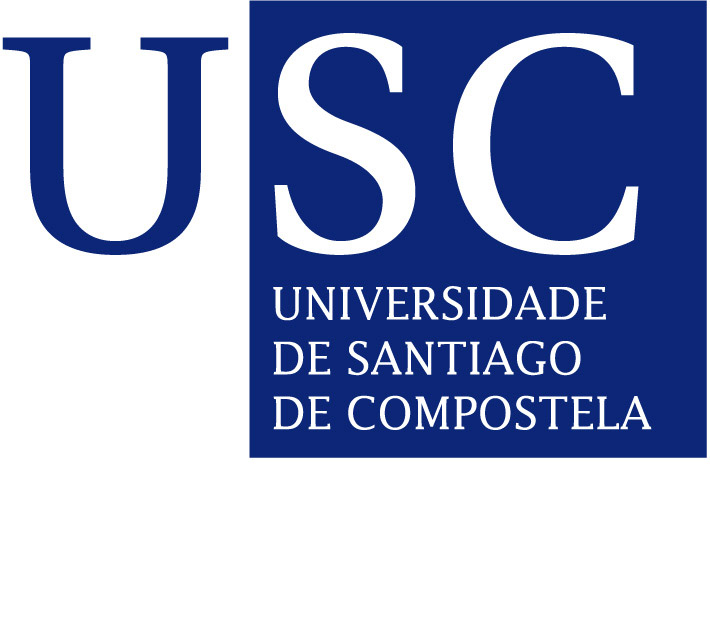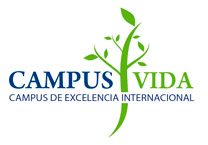Lecture: 'How to use Computational Chemistry to understand experiments in Carbon Nanomaterials'

Prof. Manuel Melle Franco (Departamento de Química, CICECO, Universidade de Aveiro)
CiQUS Seminar Room
12:15h
 Computer modelling has become a fundamental tool to understand and rationalize new molecules and materials. Through the years he has applied and developed several computational models to explain different experiments on carbon-based materials and molecules. He will show, from the experimental point of view and in a fully non-technically manner, several examples of his work where models complemented and completed experimental science. Nanomaterials ranging from polydisperse carbon nanomaterials like functionalized carbon nanotubes to monodisperse, novel, bottom-up materials will be presented.
Computer modelling has become a fundamental tool to understand and rationalize new molecules and materials. Through the years he has applied and developed several computational models to explain different experiments on carbon-based materials and molecules. He will show, from the experimental point of view and in a fully non-technically manner, several examples of his work where models complemented and completed experimental science. Nanomaterials ranging from polydisperse carbon nanomaterials like functionalized carbon nanotubes to monodisperse, novel, bottom-up materials will be presented.
About
Manuel Melle Franco was born in Lugo (Spain) in 1972 and has a 5-year degree in Physical-Chemistry from University of Santiago de Compostela and an M.Sc. in Materials Chemistry from University of Kent (UK), where he later pursued his Ph.D. Manuel worked one year in the Materials Department of University of Milano-Biccoca (Italy) with Gianfranco Pacchioni and got his Ph.D. in Chemical Physics with Alan Chadwick from University of Kent (UK) in 2001. After that, he worked with Francesco Zerbetto in the department of Chemistry of University of Bologna (Italy) for 8 years, and later he moved to Portugal, where he worked as an independent researcher in University of Porto and University of Minho, before joining CICECO - Aveiro Institute of Materials, in University of Aveiro in 2016.
Melle currently leads the Applied Computer Modelling Group at CICECO, which applies several atomistic computational techniques to interesting experimental problems in chemistry, biochemistry, materials chemistry and physics. Manuel’s main research line is carbon-based nanomaterials, like carbon nanotubes, graphene, fullerenes, nanoribbons, nanohorns, etc. Manuel has currently 60 publications, of which 35% as first/corresponding author, with an added impact factor of 345.


